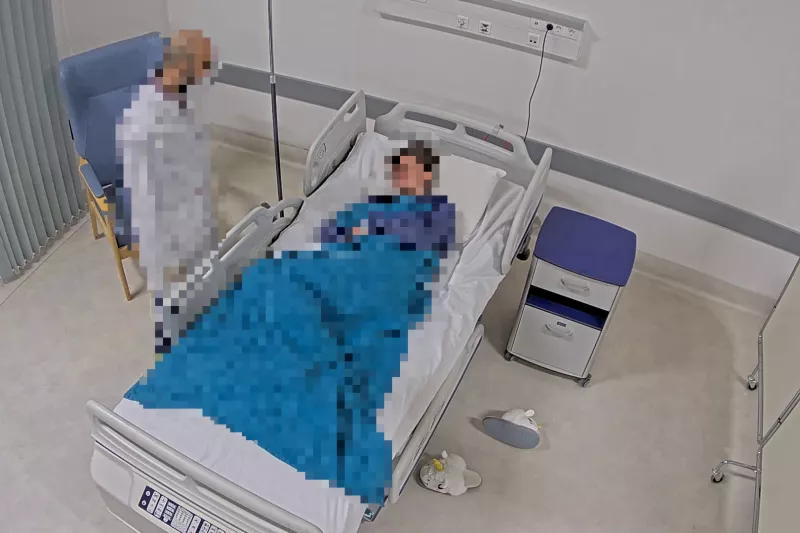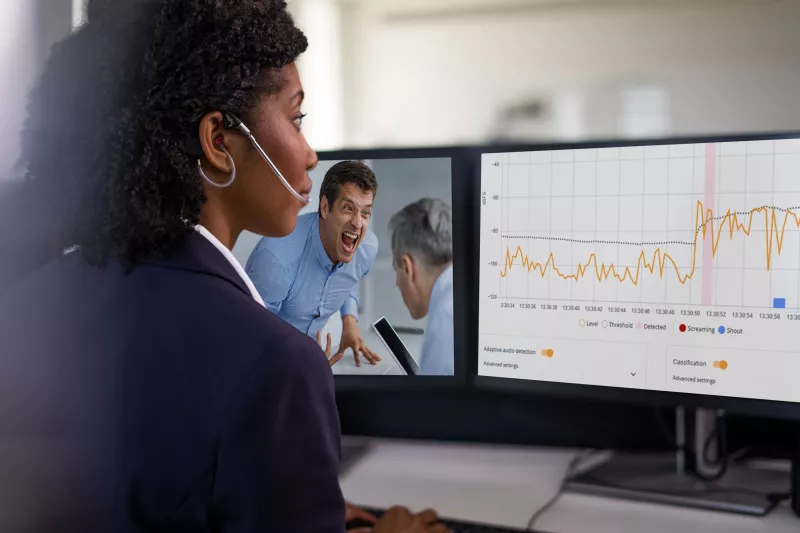
Axis solutions for privacy
Privacy in surveillance
Do you need a surveillance or remote monitoring solution that addresses privacy laws or regulations? We offer solutions to suit an array of needs, including partial or total privacy in a variety of environments.
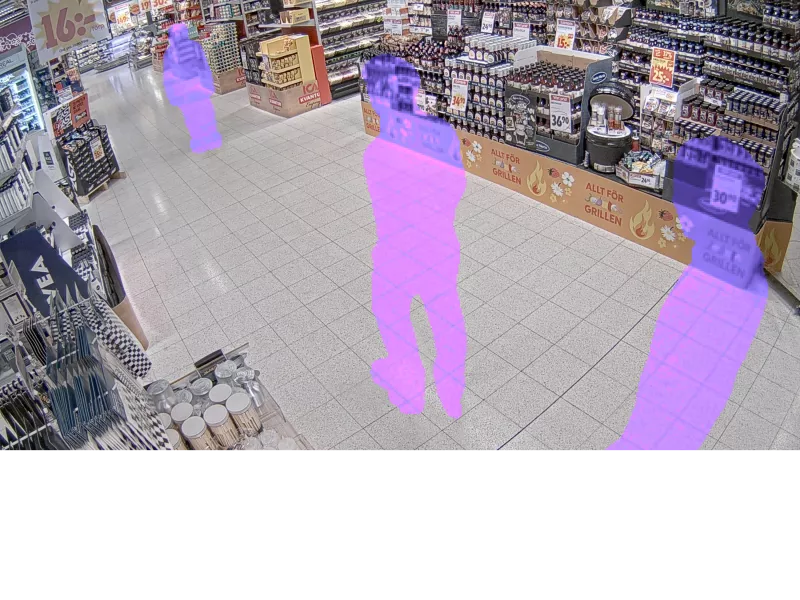
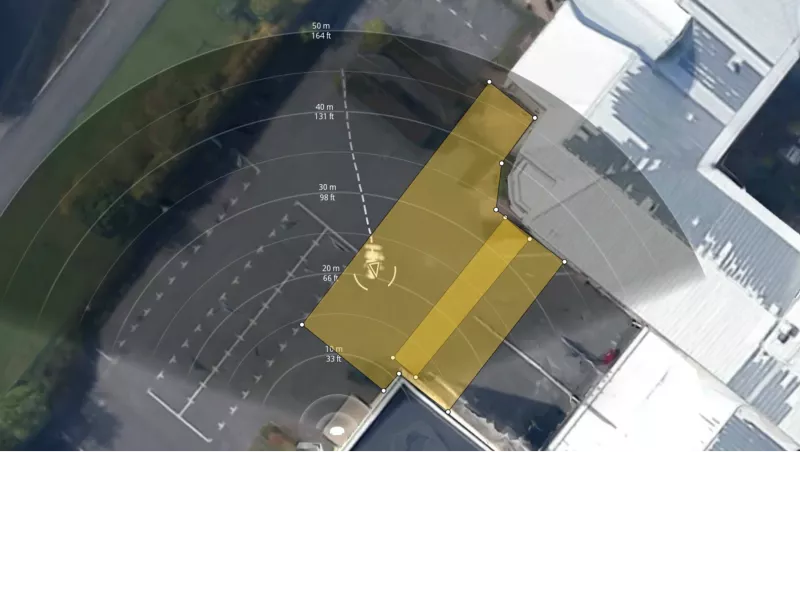
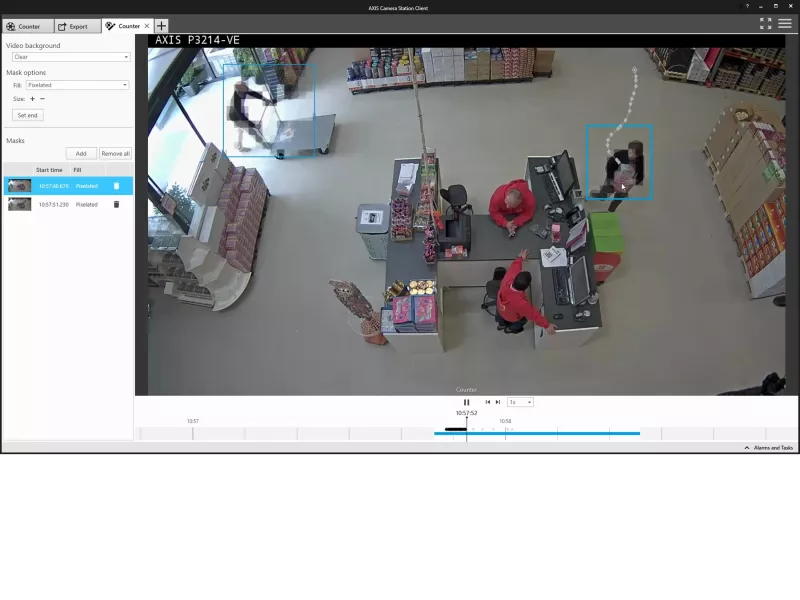
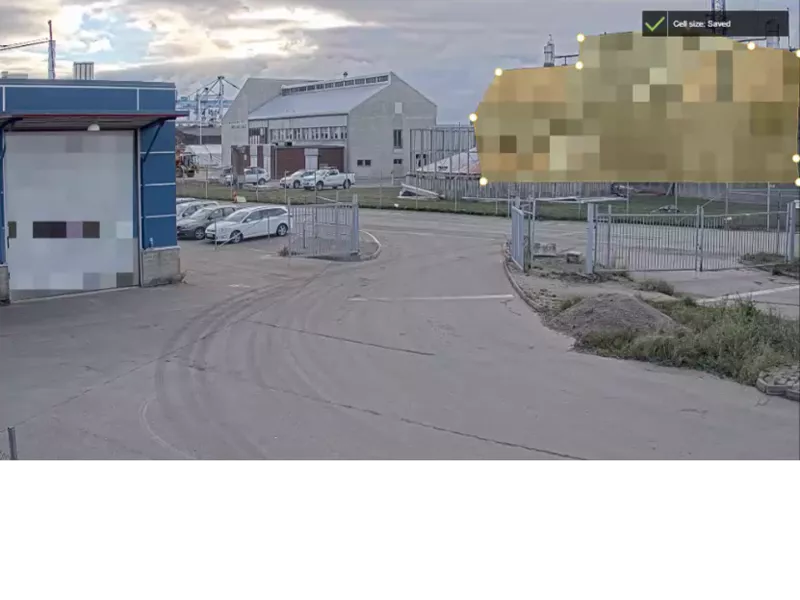
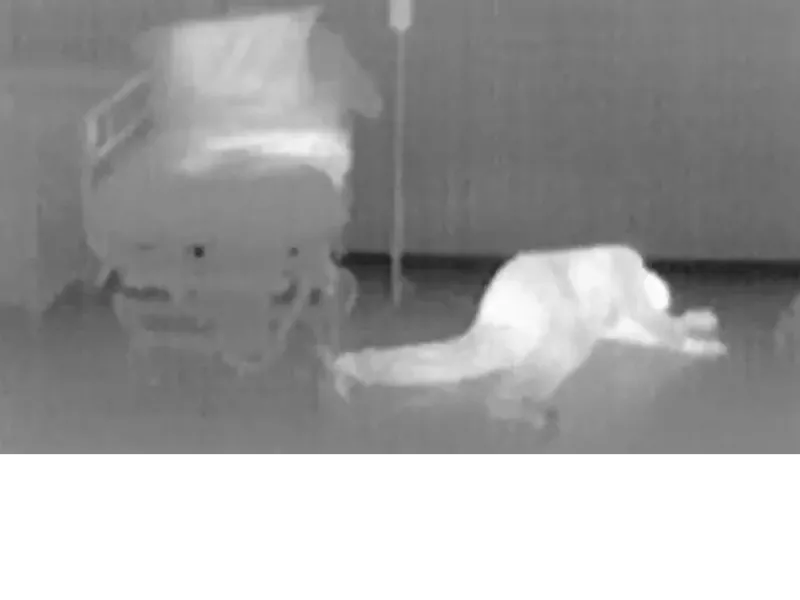
Whether you have to adhere to government laws or regulations such as GDPR, or rules put forward by trade unions, there’s an Axis solution that’s right for you. They allow surveillance and remote monitoring while addressing restrictions on collecting identifiable personal data. Options include solutions for privacy in fixed areas, in indoor and outdoor scenes, and for bystanders in investigations.
Privacy in fixed areas
Static privacy masking is ideal for indoor or outdoor scenes with fixed areas you aren’t allowed to monitor. It hides a selected area by applying a permanent opaque or mosaic mask on all live and recorded video. Mosaic masking shows the selected area in very low resolution, so you can see activity in the masked area without personally identifiable details.
For PTZ cameras, blocking views of unintended areas is especially important given their long distance and wide area coverage. In a PTZ camera, static privacy masking is fixed to the camera’s coordinate system, so the masking is maintained in the same area of the scene even as the camera’s field of view changes. Static privacy masking is a standard feature with Axis network video products.
Privacy indoors or outdoors
Dynamic masking using the edge-based AXIS Live Privacy Shield application on visual cameras allows you to see movements or activities while safeguarding privacy. The application is free to download and offers an AI-based method for masking humans, faces, license plates, or the inverse (backgrounds) in near-range indoor or outdoor scenes. You can also choose to have the application simultaneously deliver a separate video stream with no masking, so authorized viewers can access details for forensic purposes in case of an incident.
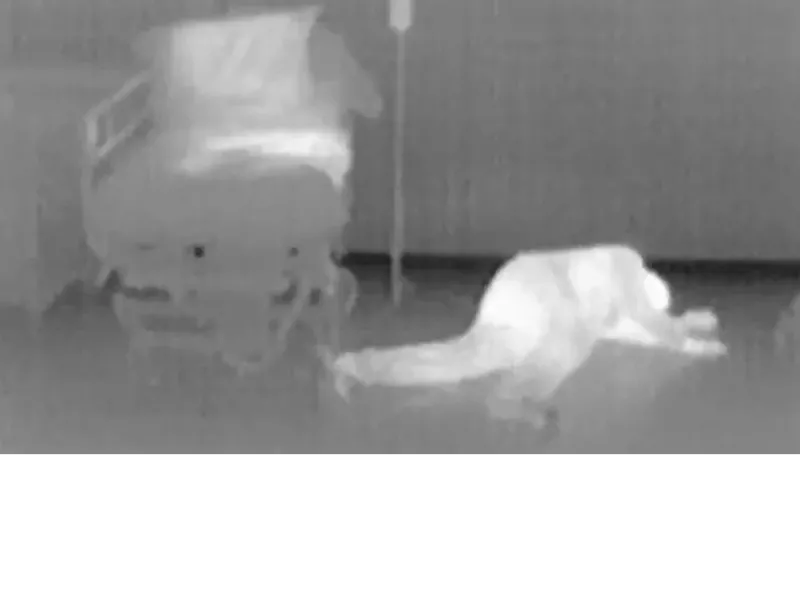
In challenging indoor and outdoor scenes – with or without light, and for use cases with high privacy requirements, thermal cameras may be the ideal choice. Thermal cameras let you detect – and act on – incidents while ensuring complete anonymity for individuals. The technology uses heat generated by animate and inanimate objects to produce images. Only shapes – moving or not – are captured, ensuring that no personally identifiable details are ever generated.
Absolute privacy in wide outdoor areas
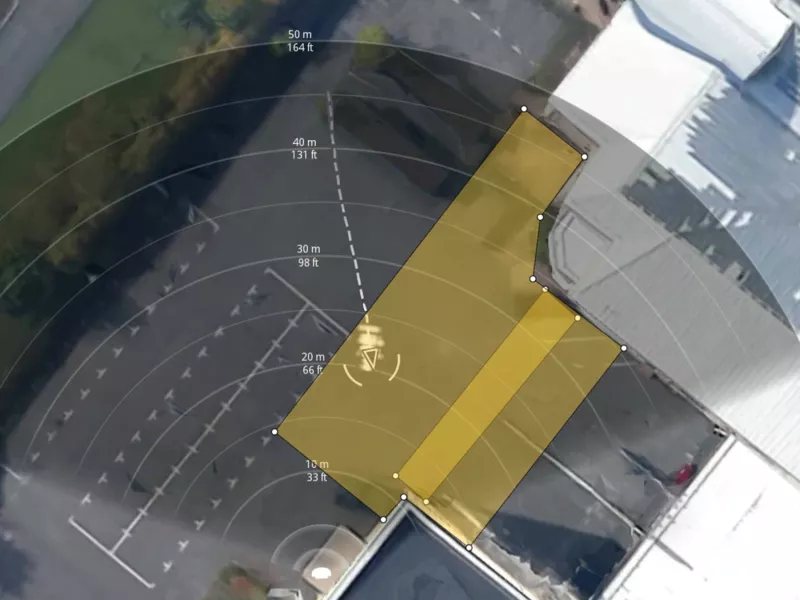
An Axis radar gives you surveillance with wide-area coverage and complete privacy in any weather, day or night. Radar technology with analytics detects movement and triggers alarms without collecting personally identifiable data. It’s ideal for detecting intruders, automatically alerting security and activating a loudspeaker in places like community swimming pools.
A radar minimizes false alarms because it’s not sensitive to shadows, headlights, or small animals. It provides an intruder’s exact position, speed, and angle of movement. And you can use it alone or with a video surveillance system, where the radar can coordinate with pan-tilt-zoom cameras for visual confirmation of alerts.
Privacy for bystanders in investigations
Before sharing video recordings, you may need to comply with regulations that protect the privacy of bystanders. A video redaction tool in AXIS Camera Station lets you easily mask individuals or areas in a scene that are not of interest to an investigation. You can, for example, mask only selected moving objects or mask all still and moving objects except persons of interest.

Data protection
While data protection is not dealt with here, how video surveillance data is handled is also an important aspect of ensuring privacy protection. See Cybersecurity to learn more about it.
Relevant industries

Industrial
An industrial plant is an intricate web of assets, people and procedures. Axis solutions enable situational awareness and provide cost-effective ways to improve processes and productivity as well as protect valuable parts of the plant.

Retail
You might associate surveillance networks with security and loss prevention, and it’s true that Axis makes your stores safer. But did you know you can also use our hardware and analytics to increase your revenue and reduce your costs?

Healthcare
Healthcare facilities the world over have long trusted Axis to protect people and property. But now more than ever, our technology also helps you treat more patients with fewer resources – safely and efficiently.

More industries
Axis provides a complete range of network video, audio and access control solutions for a broad spectrum of industries and customer needs. Our flexible and secure technology is easy to integrate and scales to match your growth.
Related resources

Ensuring privacy
Public awareness over privacy rights has been heightened by initiatives like GDPR in Europe and FISMA in the U.S.